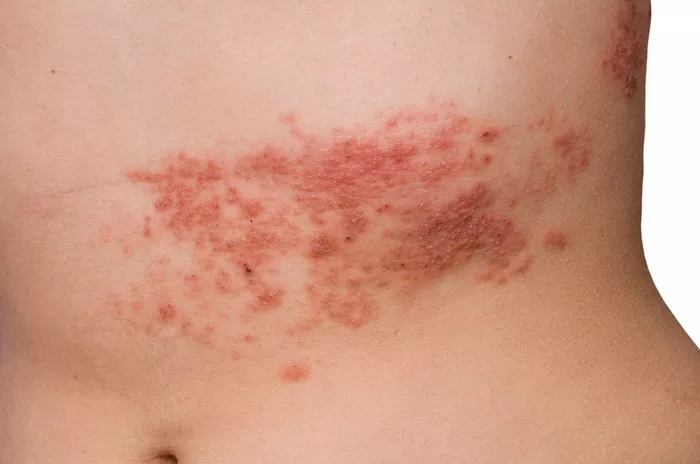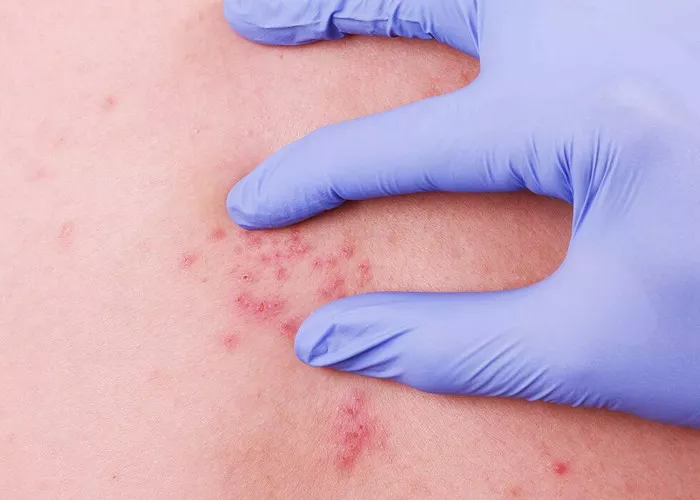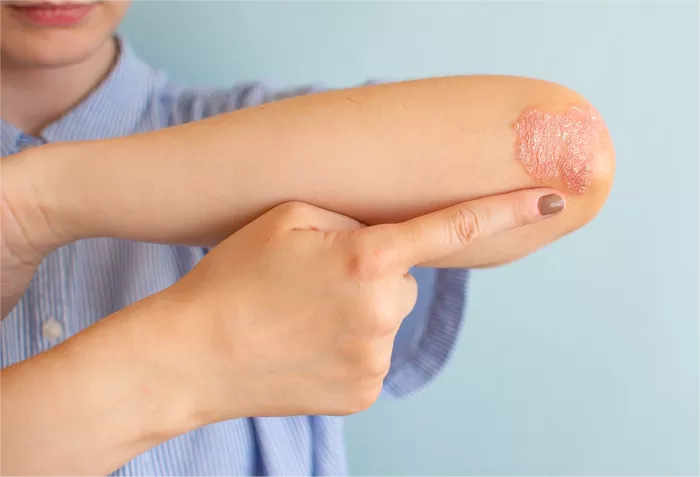Shingles, also known as herpes zoster, is a viral infection that causes a painful rash. The discomfort associated with shingles can range from mild to severe, and its duration can vary from person to person. Understanding how long shingles discomfort lasts can help you manage symptoms and know what to expect during your recovery.
This article will break down the stages of shingles, how long the pain typically lasts, and ways to manage the discomfort effectively.
What Is Shingles?
Shingles is caused by the varicella-zoster virus, the same virus that causes chickenpox. After someone has chickenpox, the virus stays dormant in the body. Years later, the virus can reactivate, usually due to a weakened immune system, leading to shingles.
Shingles typically affects one side of the body and causes a rash that can be accompanied by pain, itching, and tingling. It often occurs in a specific area, usually along a single nerve pathway.
Stages of Shingles
To better understand how long the discomfort lasts, it’s important to know the stages of shingles. There are four main stages of the illness:
1. Prodromal Stage (Pre-Rash Phase)
The prodromal stage begins before the rash appears. During this phase, individuals often experience:
Burning or tingling sensation in a localized area (the area where the rash will eventually develop)
Pain, which may feel like an ache or sharp stabbing sensation
Itching in the affected area
Flu-like symptoms, such as fever, chills, headache, and fatigue
This phase can last anywhere from 1 to 5 days, and it is usually the time when the discomfort first begins. It is important to recognize these symptoms early, as starting antiviral treatment can help shorten the duration of the rash and reduce the intensity of pain.
2. Rash Development
After the prodromal stage, the shingles rash typically appears. It starts as red patches or bumps and eventually turns into fluid-filled blisters. These blisters burst, forming open sores, and crust over as they heal.
The rash tends to follow the path of a nerve, usually on one side of the body, but it can also appear around the eyes or on the face. This is when the discomfort can become most intense, with burning, aching, and sharp pain in the area of the rash.
3. Healing Stage
Once the blisters crust over and begin to heal, the discomfort gradually decreases. The healing process can take several weeks, and the rash may leave behind scars or discoloration.
During this stage, the pain tends to subside, but some people experience lingering discomfort, such as sensitivity or itching, as the skin heals.
4. Postherpetic Neuralgia (PHN)
In some cases, the pain persists long after the rash has healed. This is known as postherpetic neuralgia (PHN), a condition where the nerves are damaged, and pain continues for months or even years. PHN is more common in older adults, but it can happen to anyone who has had shingles.
How Long Does Shingles Pain Last?
The duration of shingles pain varies from person to person, depending on several factors, such as the person’s age, overall health, and the promptness of treatment.
Acute Pain Duration
For most people, shingles pain lasts about 2 to 4 weeks. This corresponds with the rash development and healing stages. During the acute phase, pain can be severe, and it may include:
- Burning or stinging sensations
- Throbbing or deep aches
- Shooting pain along the affected nerve pathway
If you start treatment early with antiviral medications, the pain and rash may resolve more quickly, and the overall discomfort may be less intense.
Postherpetic Neuralgia (PHN)
PHN is the most common complication of shingles. It occurs when the nerve fibers are damaged during the shingles infection, leading to prolonged pain. The pain associated with PHN can last for months or even years after the rash has healed.
The discomfort experienced with PHN can vary, but it typically includes:
- Burning or aching pain that feels like an electrical shock
- Sensitivity to touch (even light touch may cause pain)
- Itching or tingling sensations
PHN is more common in individuals over the age of 60, and the risk increases the older you get. If PHN occurs, pain management becomes a key part of the treatment plan.
Factors That Affect the Duration of Shingles Discomfort
The duration of shingles discomfort can depend on several factors, including:
Age
Older adults are more likely to experience prolonged pain, such as PHN. This is because the immune system weakens with age, and the body’s ability to fight the virus may be less efficient.
Immune System Health
People with weakened immune systems, such as those with HIV, cancer, or autoimmune diseases, may experience more severe symptoms, longer-lasting pain, and a higher risk of complications like PHN.
Promptness of Treatment
Starting antiviral medications early can help reduce the severity of the rash and the length of time the pain lasts. Antivirals work best when started within 72 hours of the rash appearing.
Location of the Rash
If the rash appears near the eyes or on the face, it may lead to more intense pain or complications. Shingles involving the eyes, called ophthalmic shingles, can cause serious eye damage and should be treated immediately by a doctor.
Previous History of Chickenpox
Those who had chickenpox at an earlier age may experience shingles later in life. However, the severity and duration of shingles can be influenced by how strong the body’s immune response is to the virus.
How to Manage Shingles Discomfort
While shingles pain can be difficult to manage, there are several treatments that can help reduce discomfort and promote healing:
Antiviral Medications
Medications such as acyclovir, valacyclovir, and famciclovir can help speed up the healing process, reduce the severity of symptoms, and shorten the duration of the rash and pain. These are most effective when started within 72 hours of the rash appearing.
Pain Relief Medications
Over-the-counter pain relievers such as ibuprofen or acetaminophen can help reduce pain and inflammation. For more severe pain, doctors may prescribe stronger medications, including opioids or topical numbing creams like lidocaine.
Corticosteroids
In some cases, doctors may prescribe corticosteroids to help reduce inflammation and pain. These are usually prescribed when shingles causes significant nerve pain or discomfort.
Cool Compresses
Applying a cool, damp cloth to the affected area can help soothe the skin and alleviate pain. Be sure to avoid hot compresses, as they can aggravate the pain.
Calamine Lotion or Oatmeal Baths
Topical treatments like calamine lotion can help relieve itching, while soaking in an oatmeal bath can help soothe irritated skin and reduce inflammation.
Rest and Stress Management
Stress can worsen shingles pain, so it’s important to rest and avoid strenuous activities. Stress-reduction techniques like meditation, deep breathing, or yoga may help alleviate discomfort and promote healing.
When to Seek Medical Attention
Most people with shingles will recover on their own, but it’s important to seek medical help if:
- The rash affects the eye or near the eye
- You experience severe or worsening pain
- The rash spreads quickly or becomes infected
- You are over 60 years old or have a weakened immune system
- You experience symptoms of PHN, such as long-term pain or sensitivity in the affected area
Conclusion
Shingles discomfort typically lasts for 2 to 4 weeks, with the pain and rash gradually improving as the infection heals. However, some individuals may experience prolonged pain, especially if they develop postherpetic neuralgia (PHN). The duration of discomfort can depend on factors such as age, immune system health, and how quickly treatment is started.
Early treatment with antiviral medications can help reduce the severity of symptoms and shorten the duration of the infection. Pain management techniques, including medications and home remedies, can help you cope with the discomfort while you recover.
If you experience prolonged pain or complications, it’s important to seek medical attention promptly. By understanding the stages of shingles and how to manage the symptoms, you can navigate the recovery process more effectively.
Related topics:


























